
The two acting regents of Tibet, Lukhangwa Tsewang Rabten (left) and Bondrongcang Lobsang Tashi, schemed the pseudo- "People's Assemblies" in 1952.
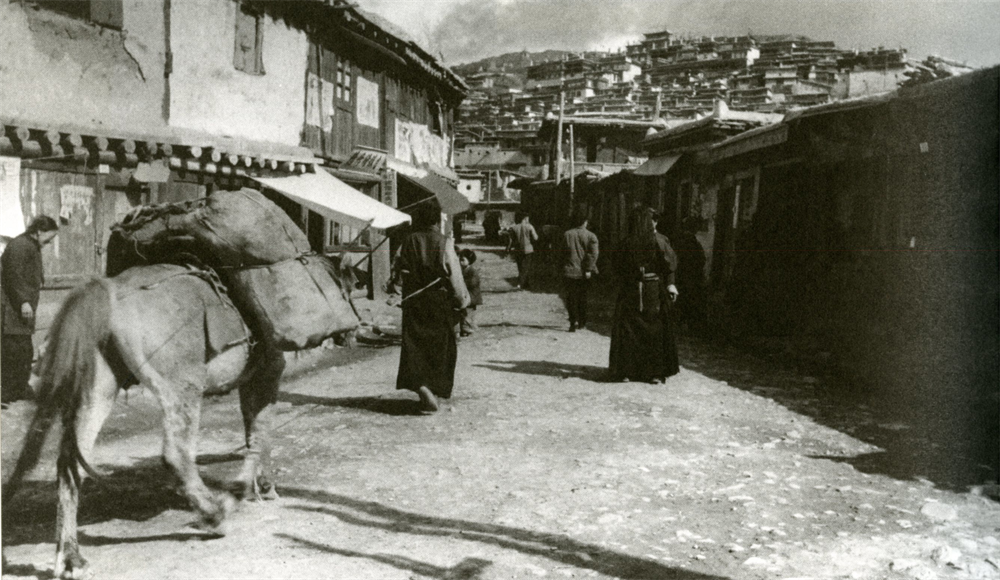
Street of Ganzi, Sichuan in 1950s.
In May 1955, Kalon Surkhang Wangchen Gelek and the Deputy Sutra Master Chijiang Lobsang Yexi, who returned to Tibet with the 14th Dalai Lama, went to the west of Sichuan. In the spring of 1956, a rebellion broke out in the Tibetan area in Sichuan.

Surkhang Wangchen Gelek.
From December 5 to 20, 1958, Surkhang Wangchen Gelek, the key member of the rebelforces, publicly opposed the 14th Dalai Lama to attend the Second National People's Congress.
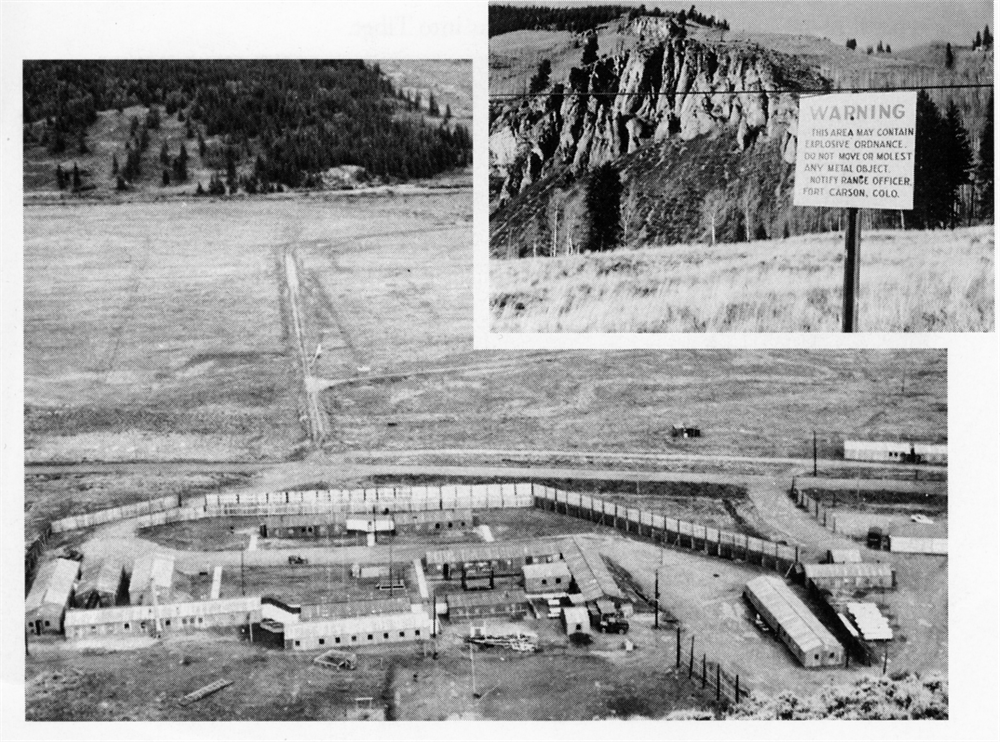
The CIA trained the Tibetan insurgents at the Camp Hale in Colorado.
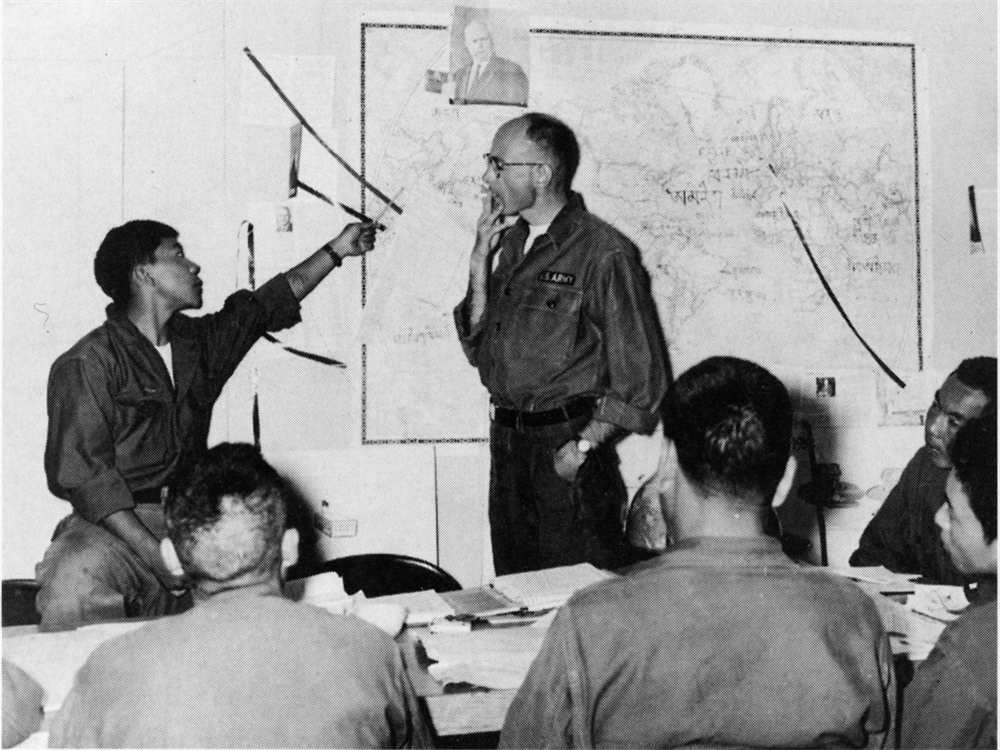
American instructors were training the Tibetan insurgents.
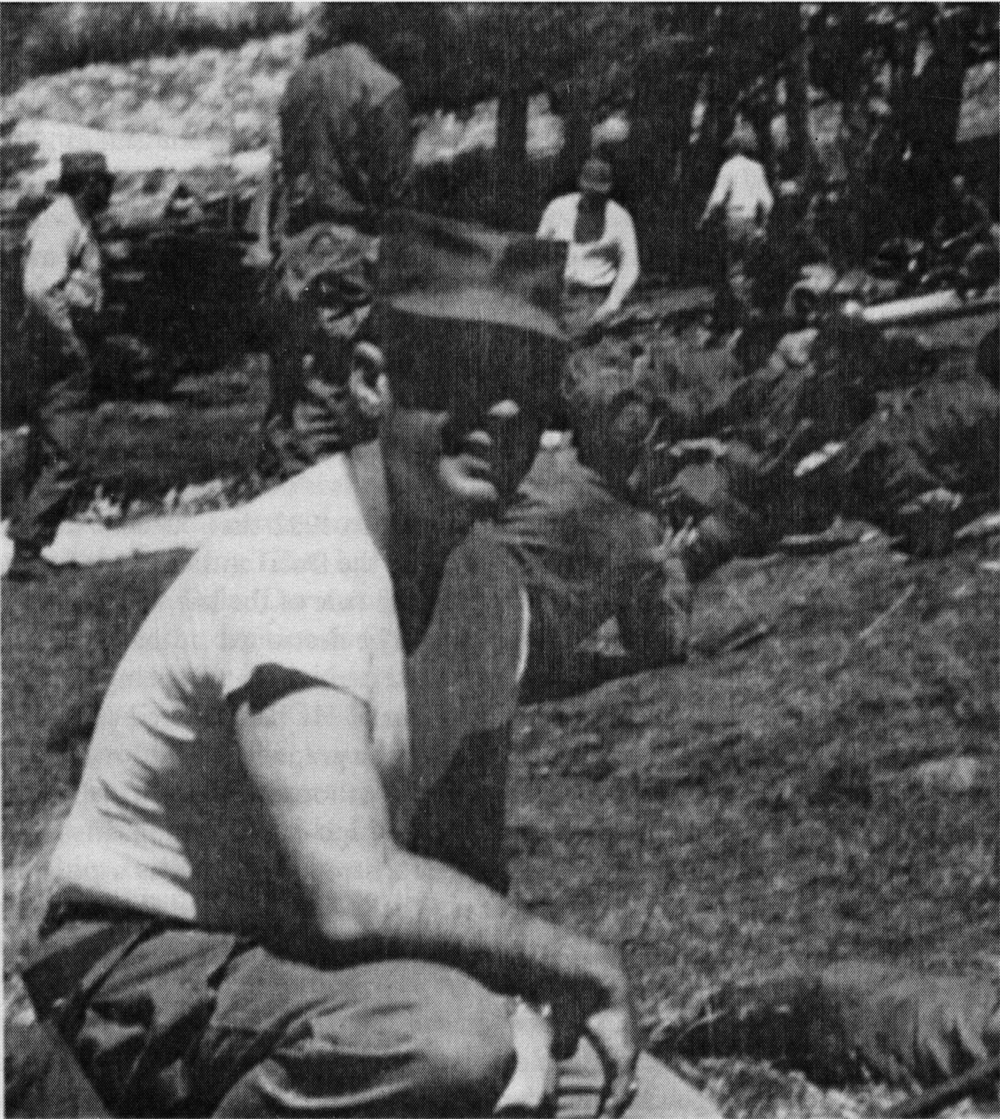
Roger McCarthy, a CIA instructor who trained the Tibetan insurgents.


Telephone exchanges and radio stations seized during counterinsurgency.
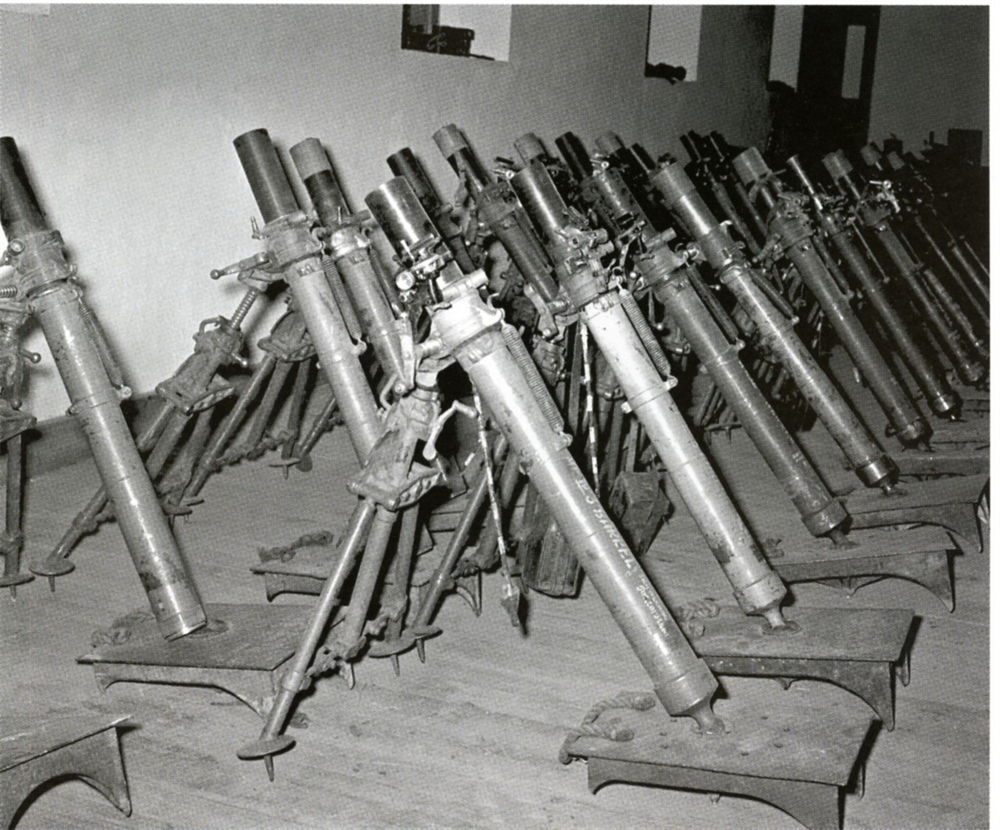
Mortars airdropped by the US for the insurgents.

“Divine Gathering” held at the Potala Palace.
On February 7, 1959, the 14th Dalai Lama requested to go to the Tibet Military Commandto watch the performance of a cultural and art troupe. His requestwas welcomed by Tibet Working Committee and the Military Command.
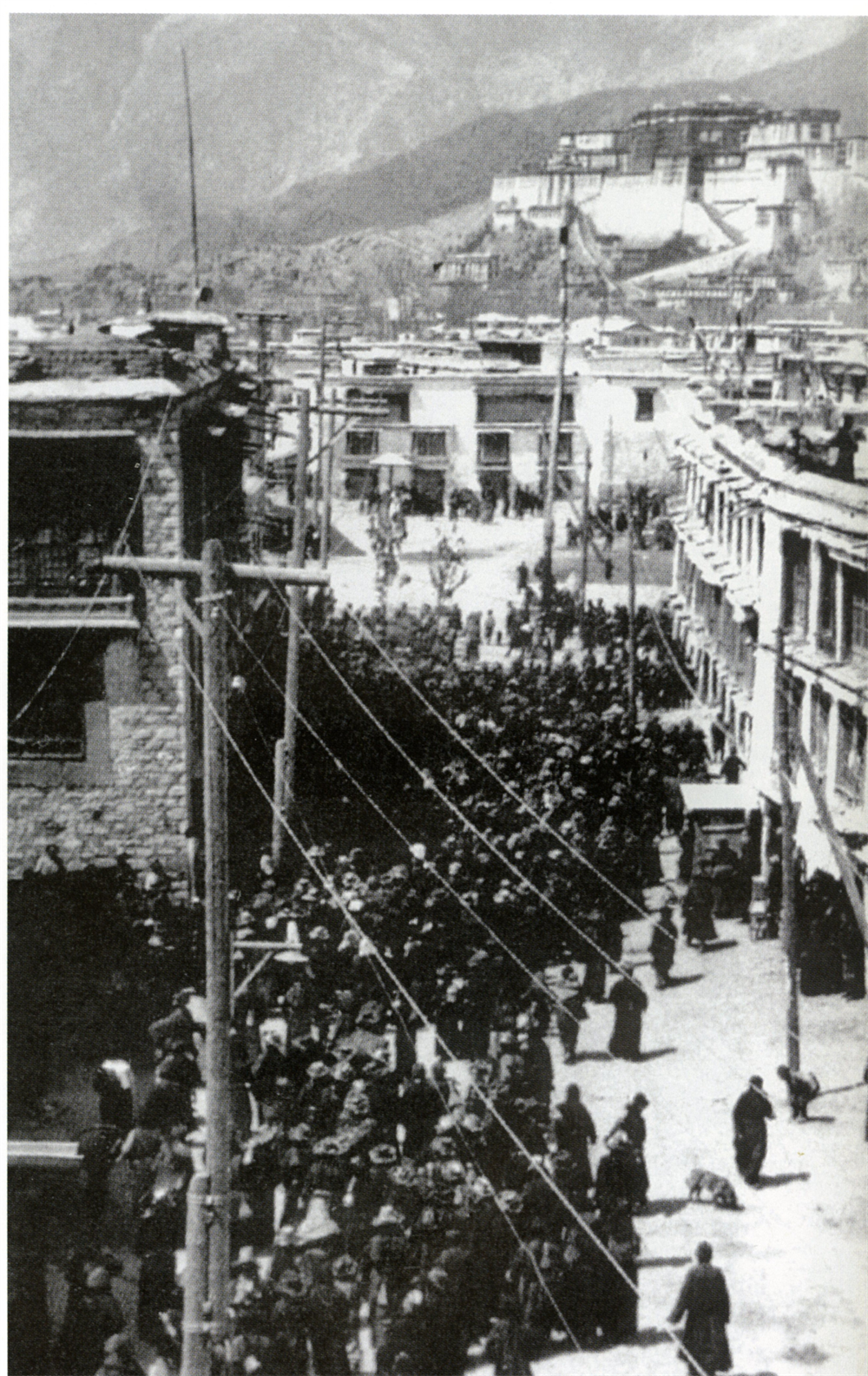
On the morning of March 10, 1959, Kalon Surkhang andNeushar gathered more than 2,000 people to prevent the Dalai Lama from going to the Tibetan Military Command to watch the performance. They launched an armed rebellion.
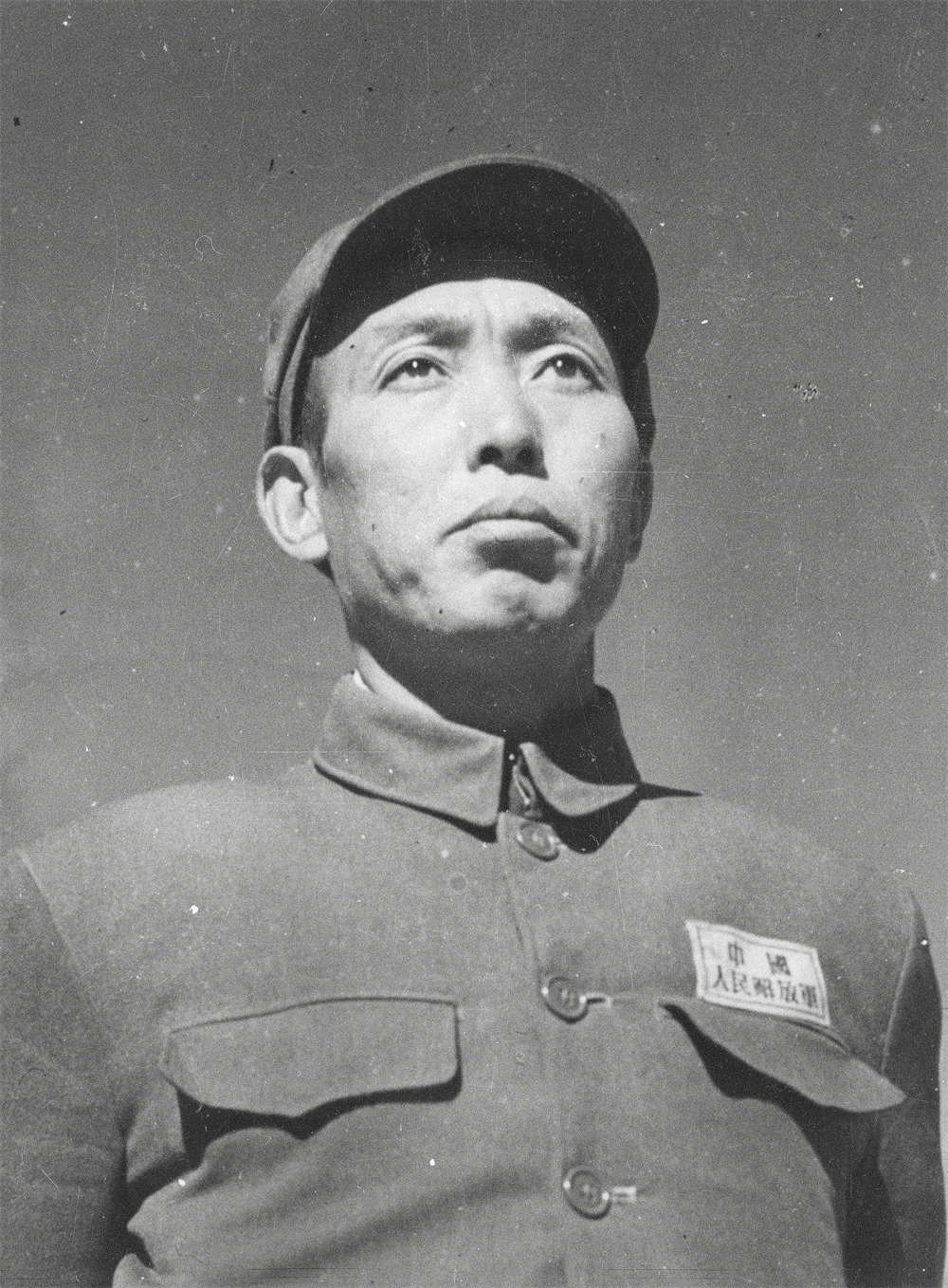
Tan Guansan, Political Commissar of the Tibet Military Command.
On March 10, 1959, the reactionary upper class of Tibet launched an armed rebellion. Tan Guansan ordered the local government of Tibet to immediately stop this insurgency.
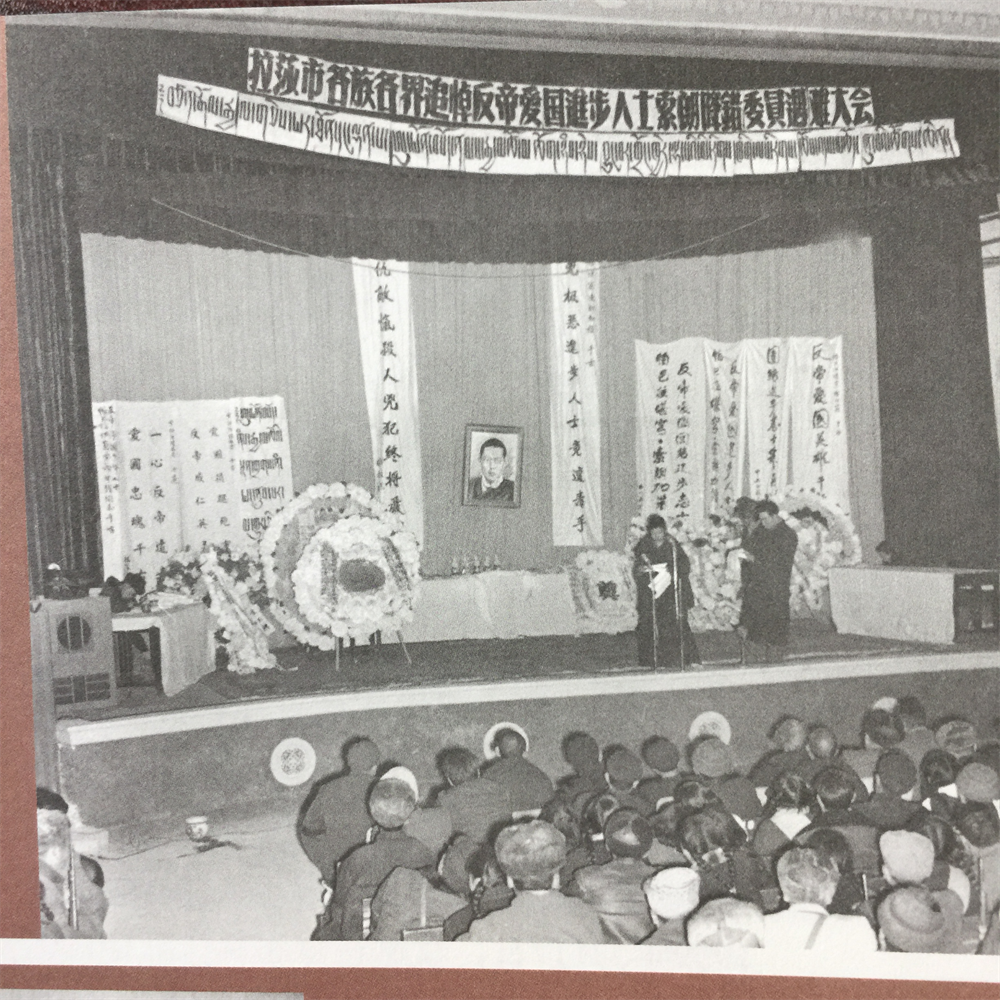
People of All ethnic groups in Lhasa mourned commissioner Sonam Gyaltso.
On March 10, 1959, at the entrance to Norbulingka, Sampo Tsewang Rinzin, the Deputy Commander of the Tibet Military Command got hurt by the insurgents, ,, and Khenchung Sonam Gyaltso was murdered, who was a member of the Religious Affairs Commission of the Tibet Preparatory Committee.

Insurgents fleeing to India.
On March 17, 1959, the insurgents in Lhasa launched an attack on our Party and government organs. At 10 o'clock that night, the 14th Dalai Lama fled.
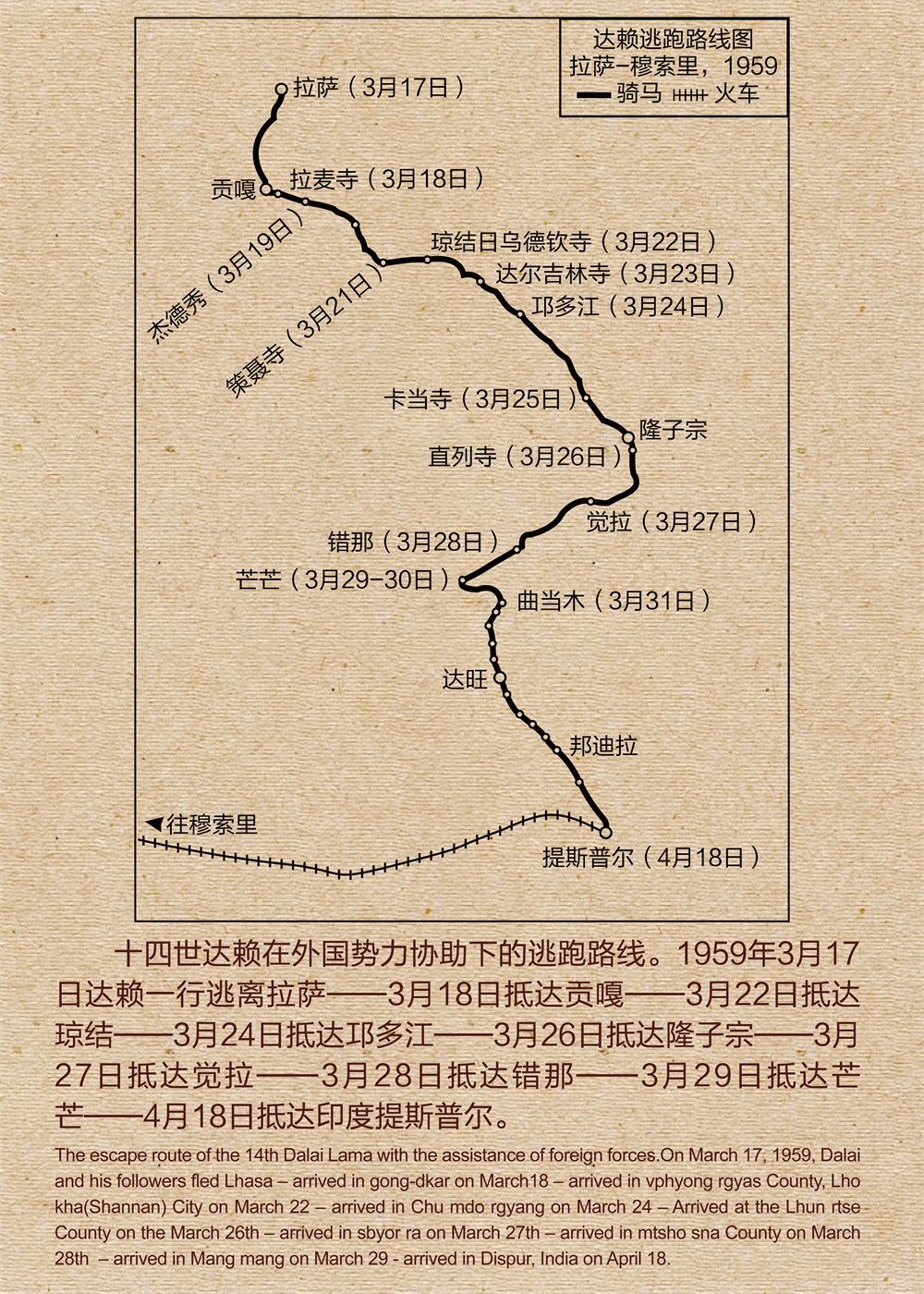
The escape route of the 14th Dalai Lama with the assistance of foreign forces.
On March 17, 1959, Dalai and his followers fled Lhasa – arrived in Kongga on March 18 – arrived in Trandruk Township, Nedong County on March 21 – arrived in Qonggyai County, ShannanCity on March 22 — arrived in Qiong Duojiang on March 24 — arrived at the Longzizong County on the 26th – arrived in Jorra on March 27th – arrived in Cona County on March 28th – arrived in BenglaMountain on March 29 - arrived in Dispur, India on April 18.
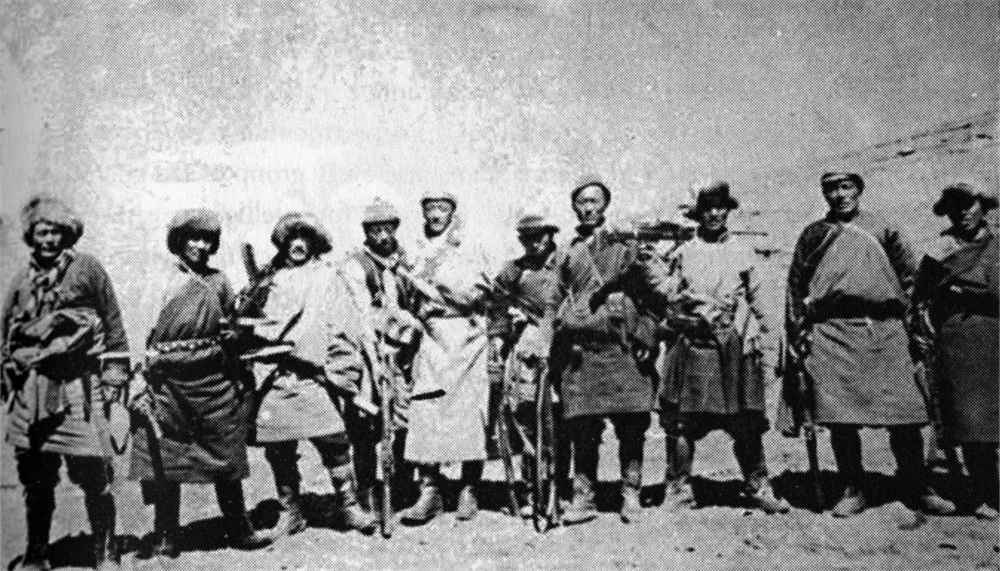
In 1959, when the 14th Dalai Lama fled to India, his chamberlain (fifth from left) took a group photo with the reactionary organizers of the "Chushi Gangdruk".
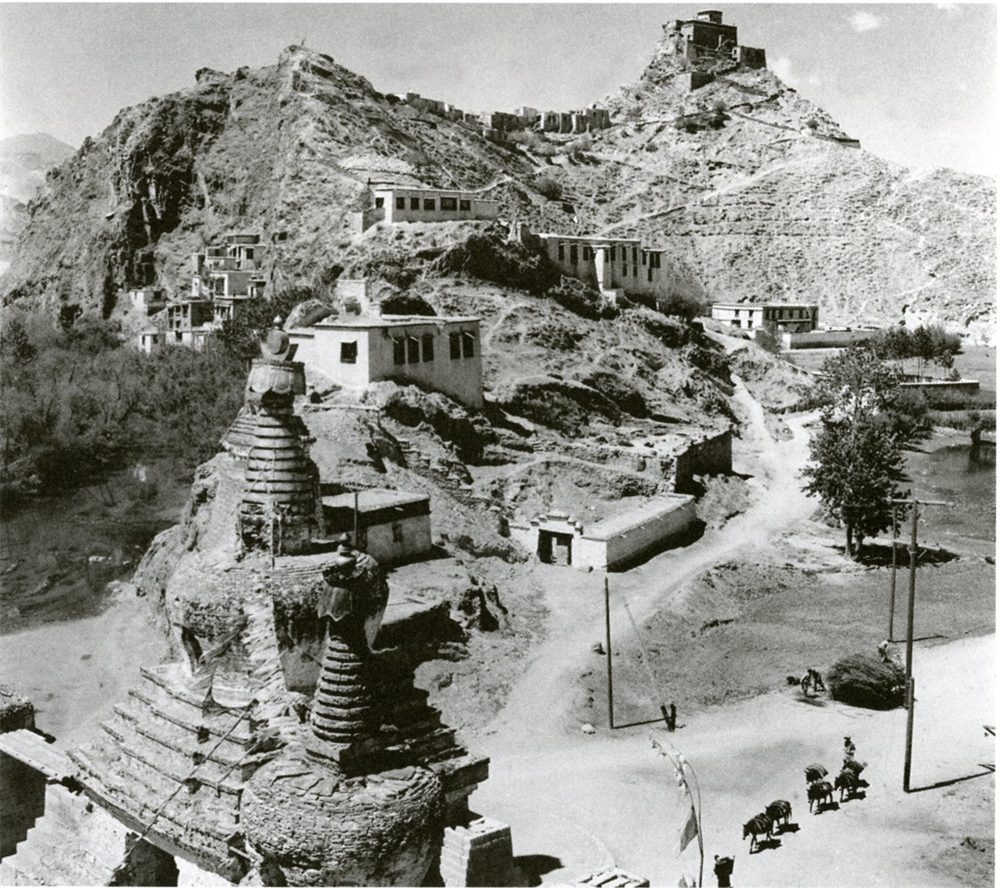
The Mount Chakpori once entrenched by the insurgents.
On March 20, 1959, the insurgents launched a full-scale attack on the Party and government organs in Lhasa.

On March 21, 1959, the rebels of the three major monasteries in Lhasa surrendered to the People's Liberation Army.

The rebels assembled at the Potala Palace in Lhasa lined up to surrender.
At 9 o'clock on March 22, 1959, with the support of the people of all ethnic groups in Tibet, the PLA, which had only 1,000 people left, quelled the Lhasa rebellion in only three days.
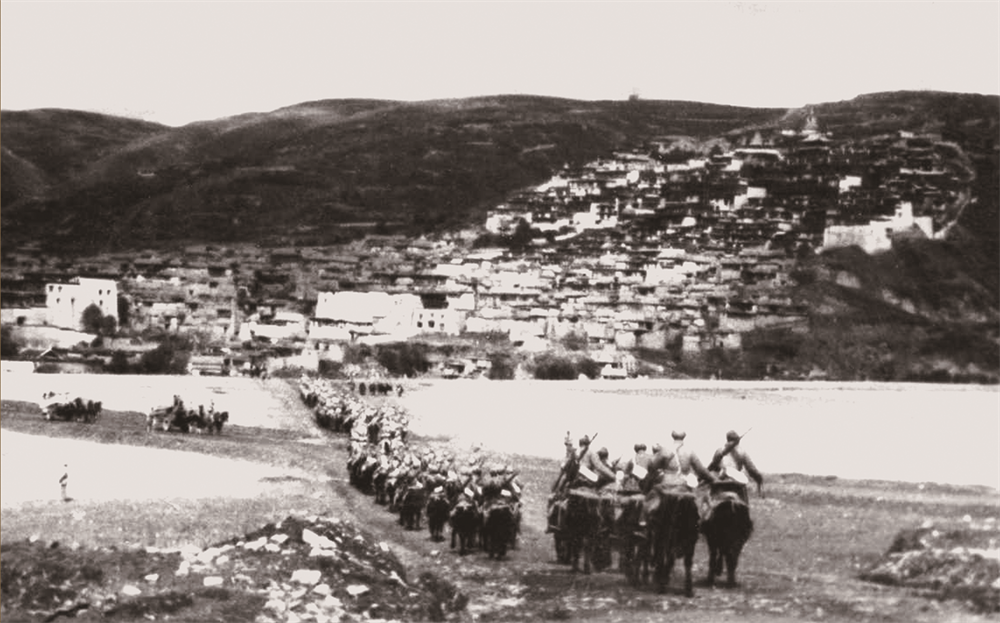
On April 4, 1959, the People's Liberation Army swept south of Lhasa, and launched the Battle of Shannan to wipe out the rebellious troops in Shannan.

The people from Shannan welcomed the People's Liberation Army.

The serf Samtem welcomed the PLA troops who quelled the rebellion in 1959.

A PLA aunt dressed for me.

A PLA “Menba” came to my house, photoed by Lan Zhigui in lho-lung rdzong in 1961.
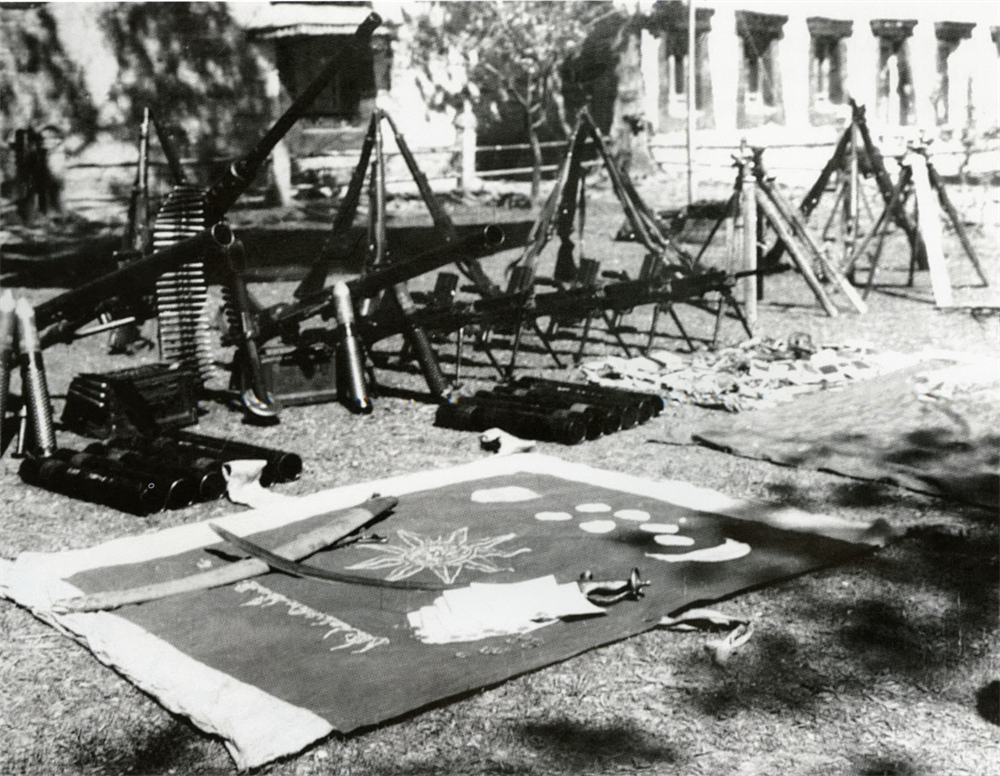
The People’s Liberation Army seized the flag and weapons of the insurgent armed forces.
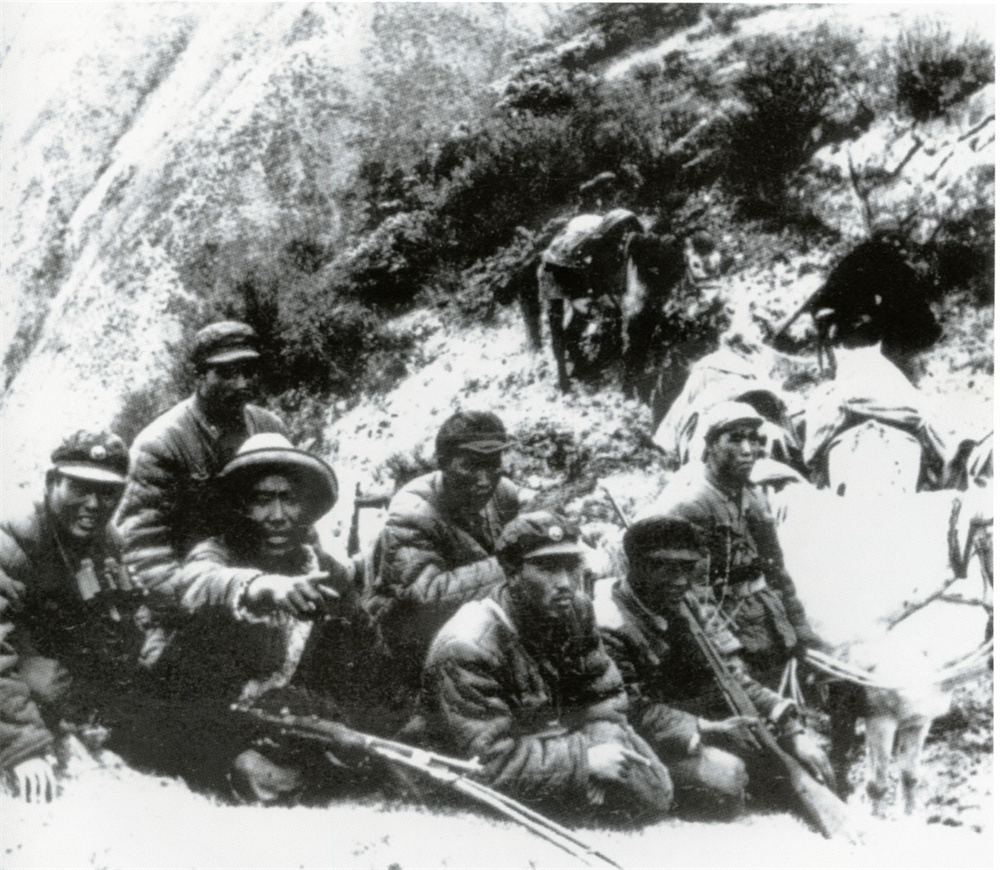
The Tibetan people led the way for the People's Liberation Army to participate in wiping out the rebellion of Shannan.
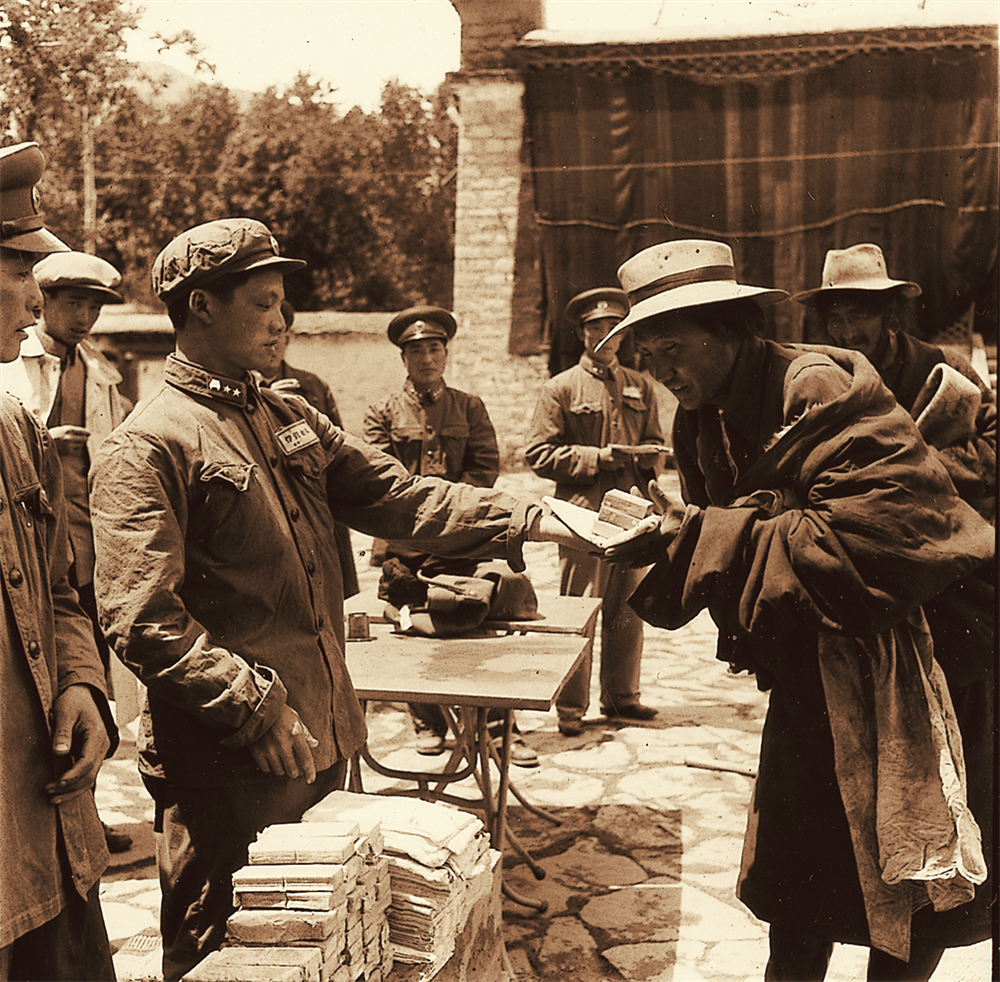
The People’s Liberation Army released the people who had been intimidated by insurgents, and distributed daily necessities to them. photoed by Jin Chiyuan in 1959.
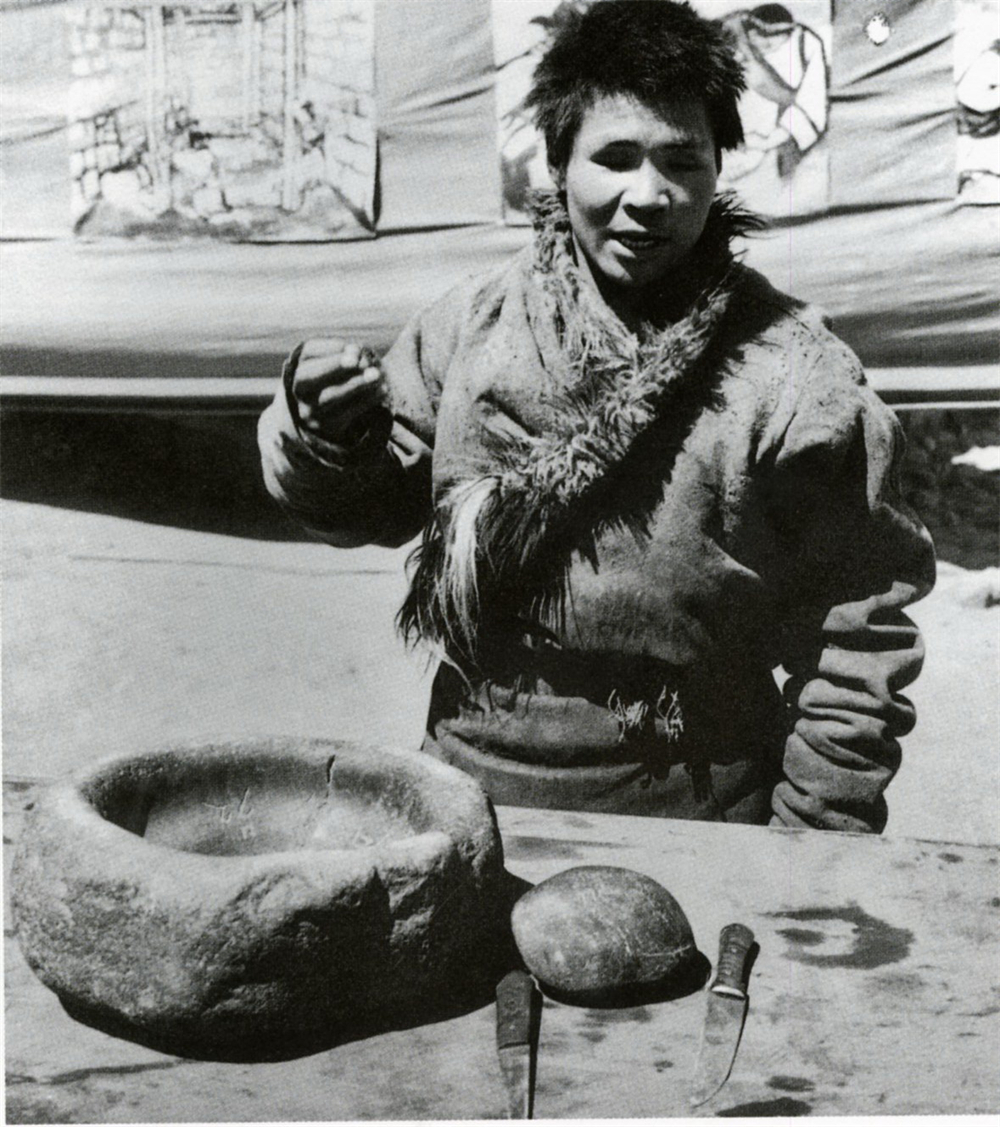
In 1959, Budo, a worker at the Red flag Forestry station whose eyes were gouged out by the insurgents for sending lettesr to the PLA, was awarded the title of "Prairie Hero" by the Central Military Commission.

The Tibetan people actively supported to quell the rebellion.

In April 1959, the people of all ethnic groups in Lhasa gathered and marched to celebrate the victory of quelling the rebellion.
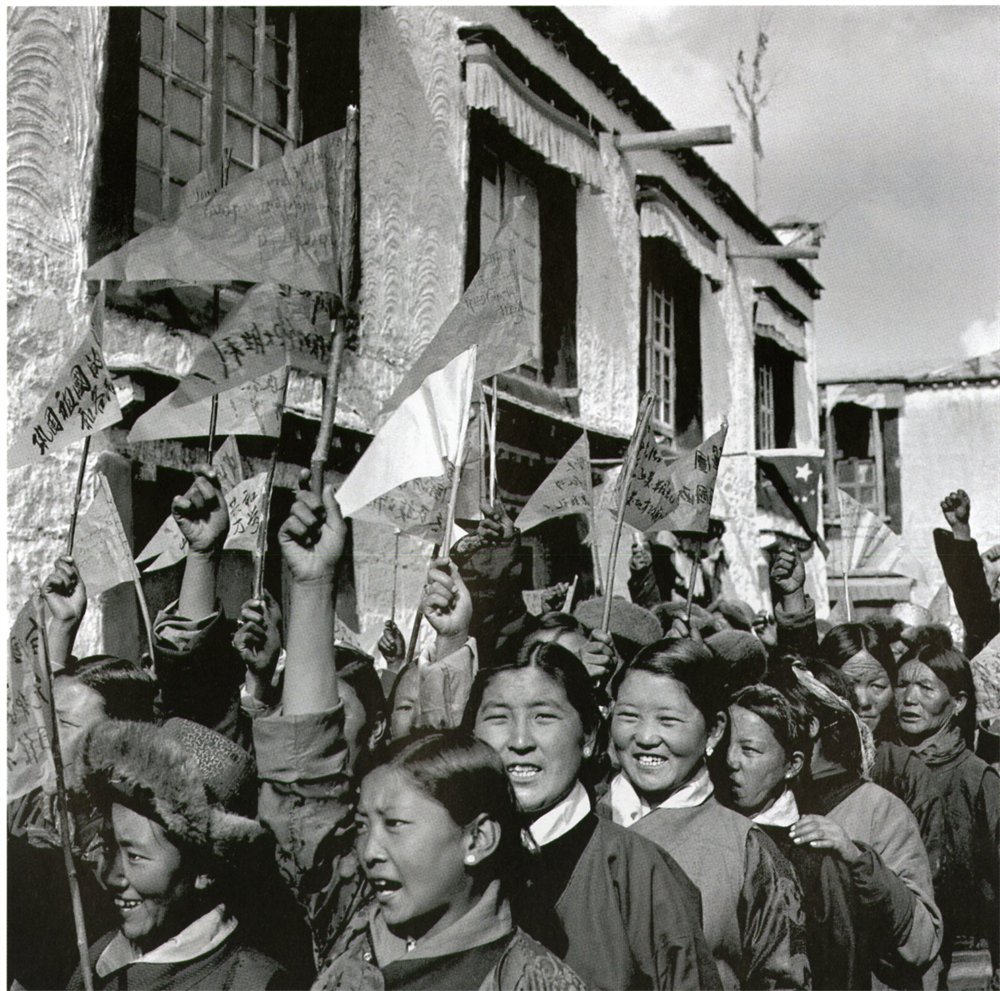
People from all walks of life in Lhasa gathered and marched to celebrate the great victory of quelling the rebellion.
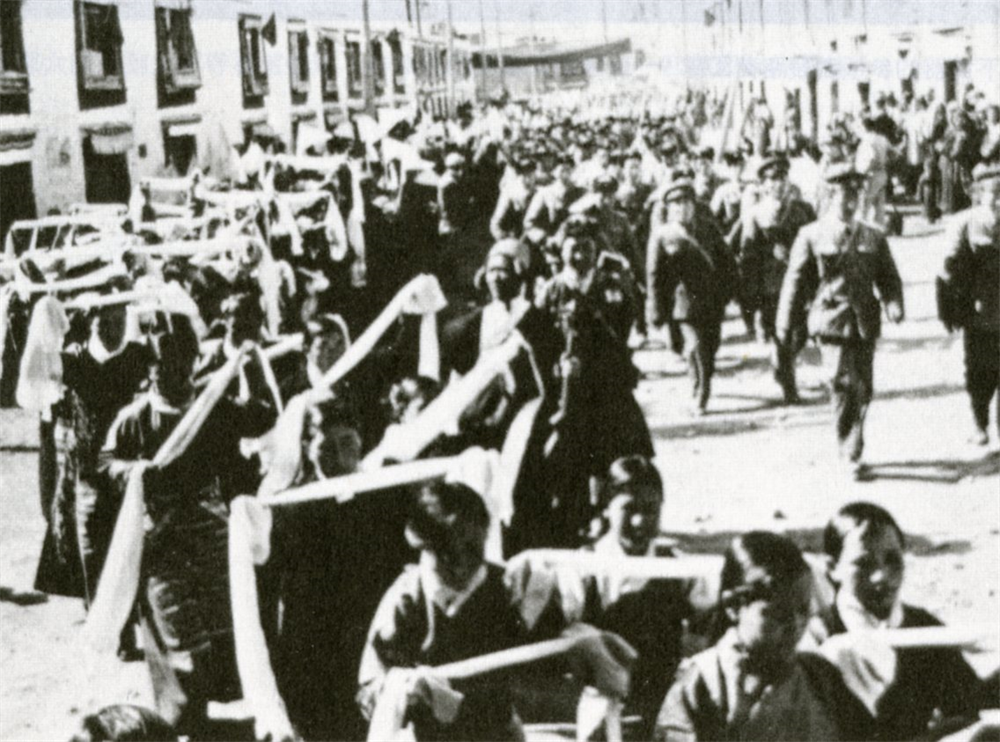
The Tibetan compatriots held up the white Hada and cheered for the victory.

From June 28 to July 17, 1959, the Preparatory Committee of the Tibet Autonomous Region held its second session and unanimously adopted the Resolution on Implementing the Democratic reform in Tibet.
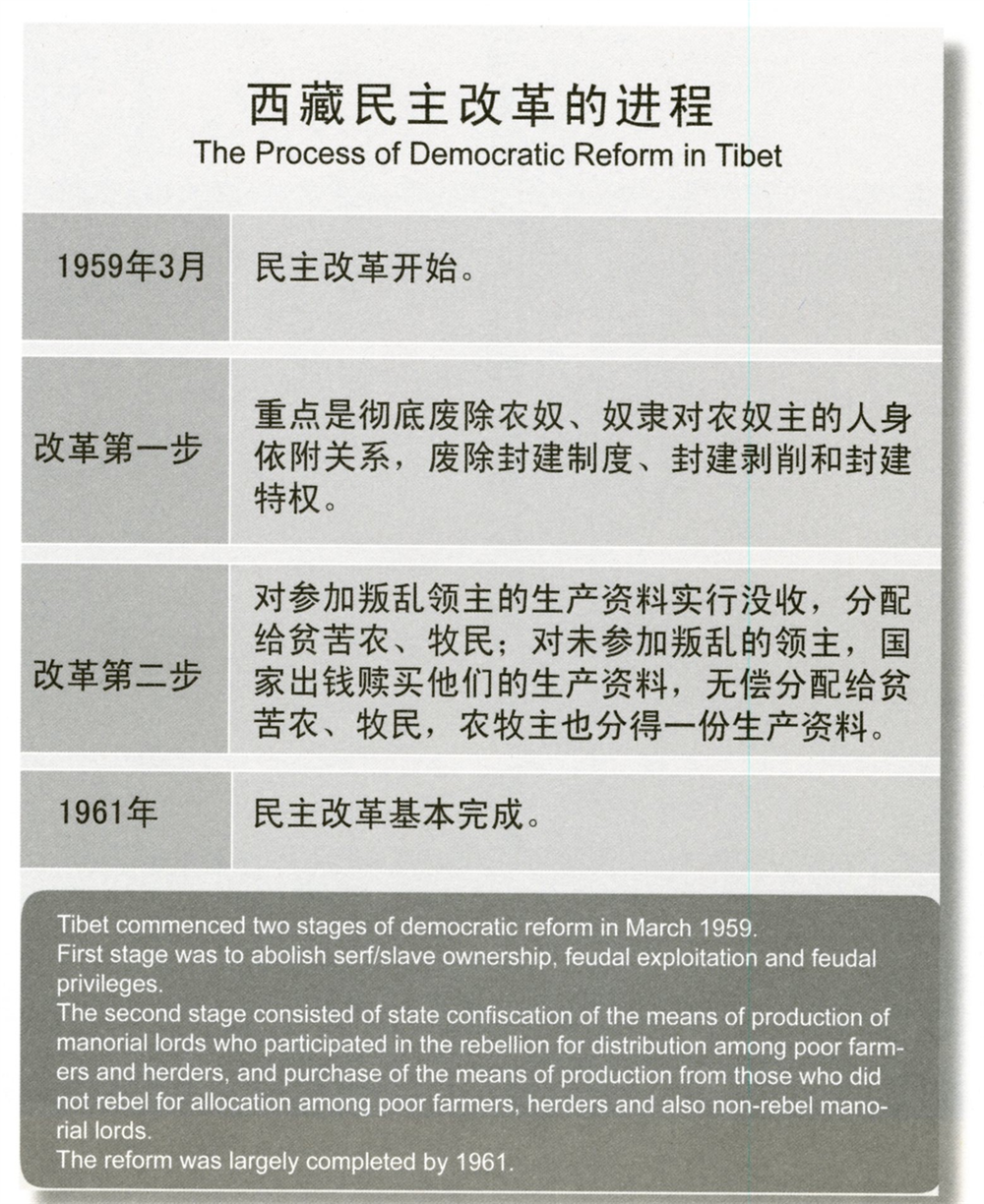
The steps to implement the democratic reform.
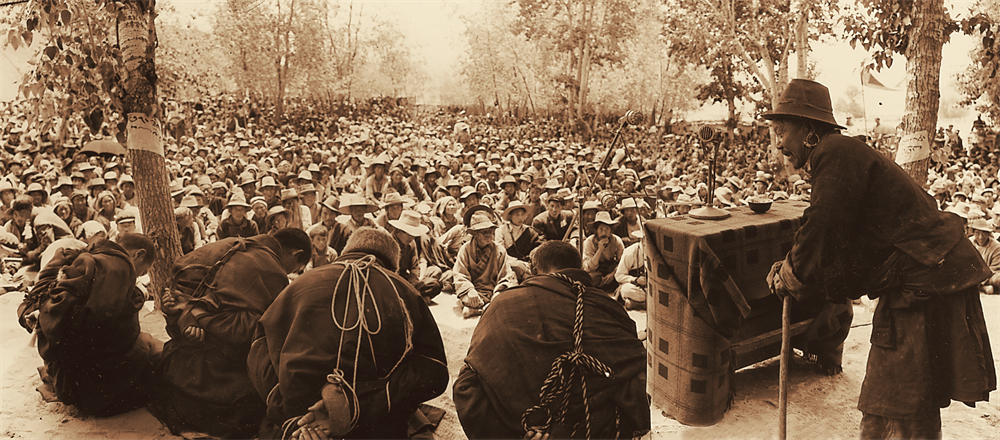
During the democratic reform, a serf came to the stage to condem the crimes of the serf owners.
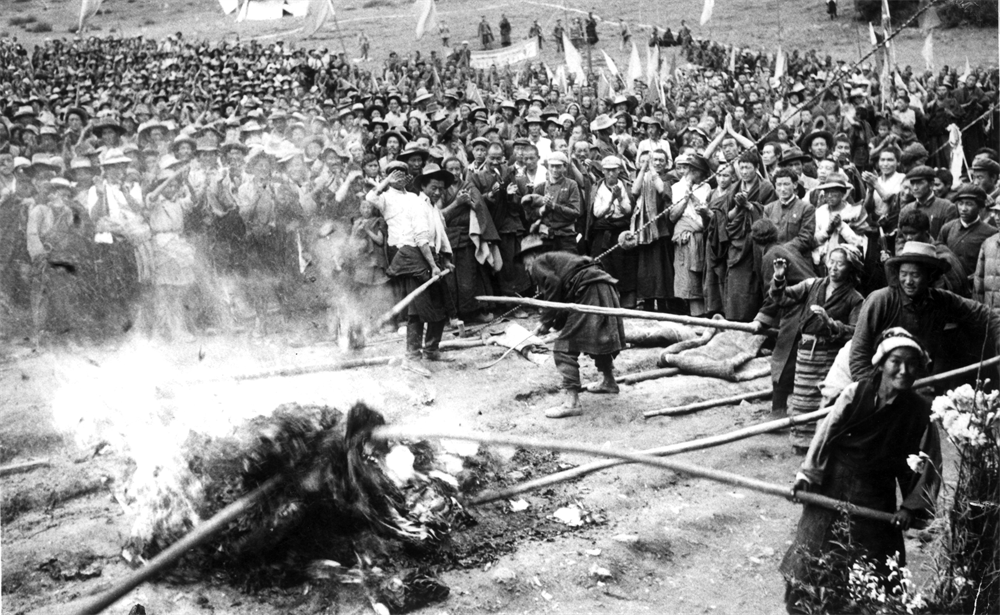
In the summer of 1959, serfs from Tajie and Zhangduo Township in Dartse County burned land deeds and debt contracts.
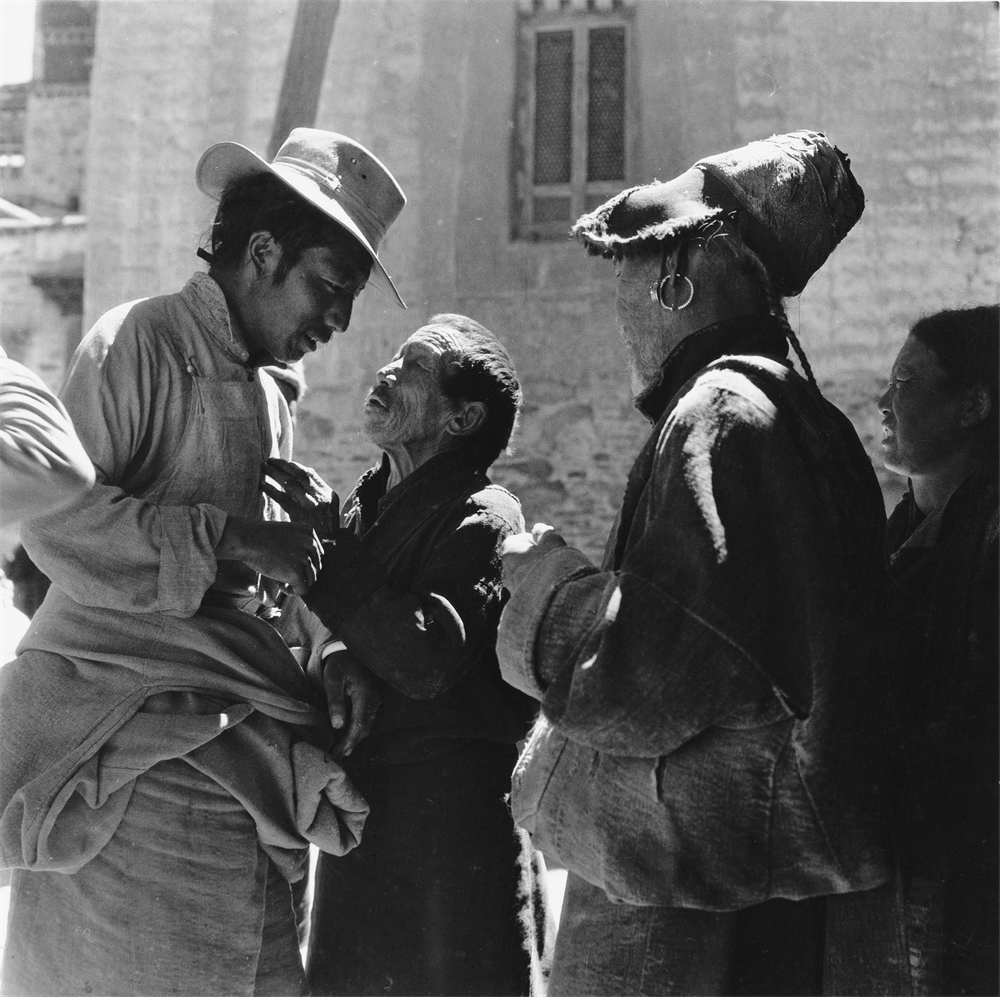
"Representative Sonam, how do you distribute the land?"

People received a land certificate issued by the government.

On November 1, 1960, farmer lobsang from Lhasa’s Caigungtang Township received the land certificate.
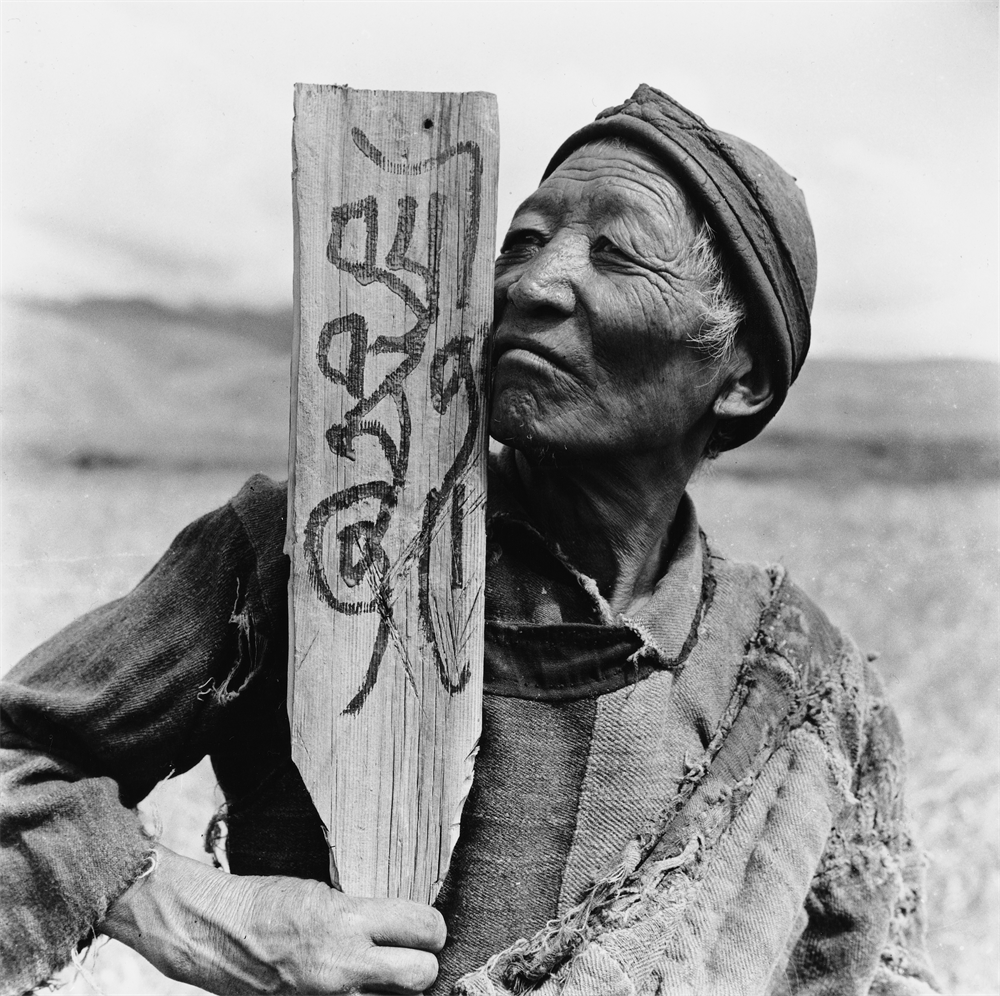
The inscription on the wooden sign reads “the land of Samten”.

Measuring and distributing the land.
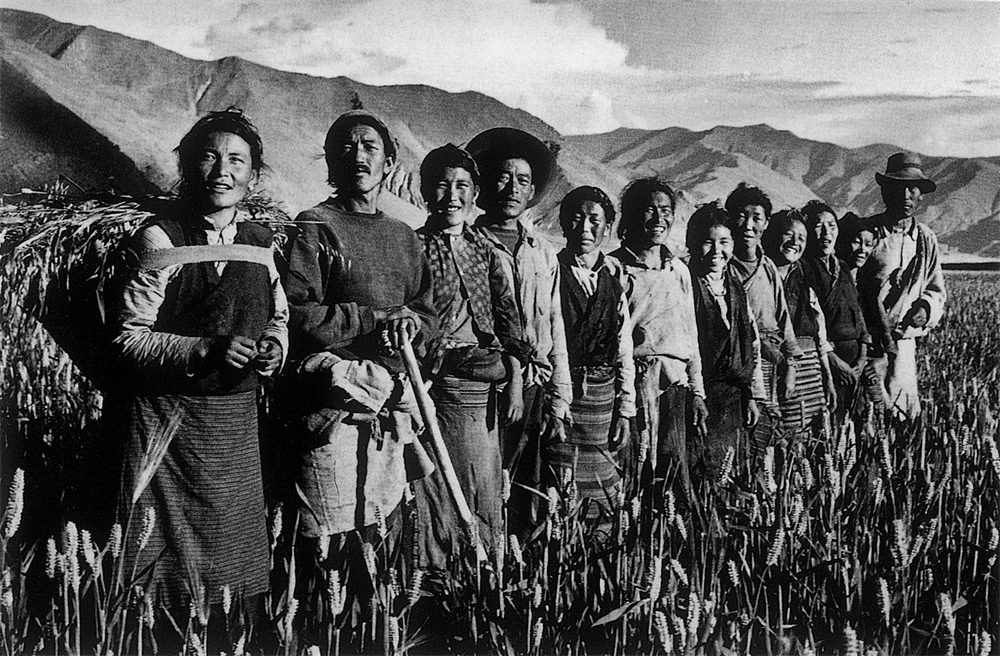
Members of the Mutual Aid Group in Gyerba Township, Nedong County, the first agricultural production mutual aid group in Tibet organized by the liberated serfs.

Happy liberated serfs.

The government provided houses for the serfs living in the caves.

Serfs had their own houses.

Serf Nyima Tsering put on the new clothes that he just got.

Nakqu Umatink Mutual Aid Group -- the first animal husbandry production mutual aid group in the Tibet pastoral area.
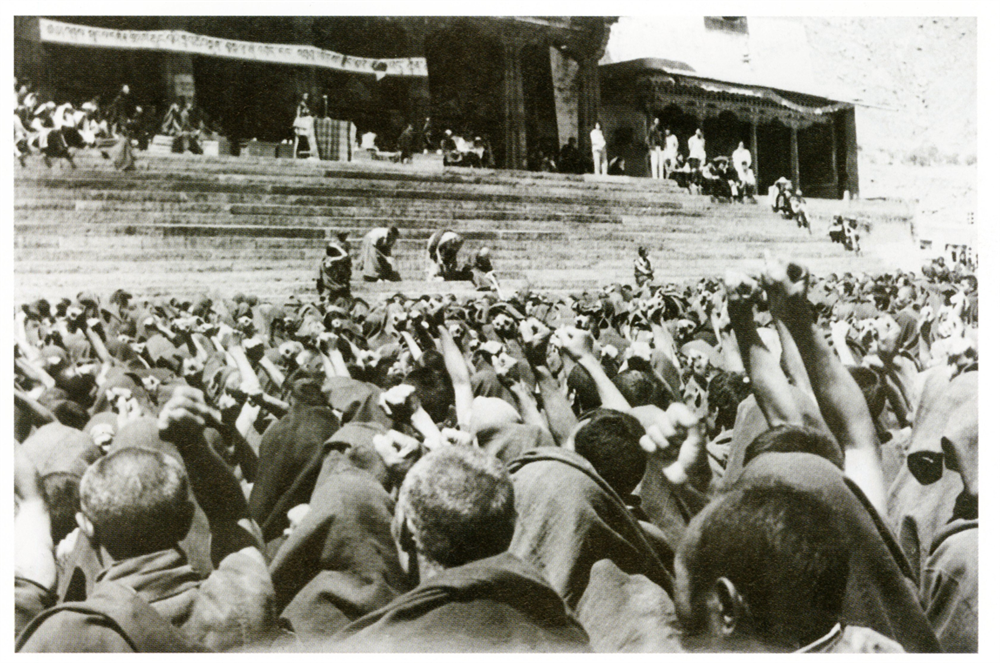
The liberated poor monks from Drepung Monastery in Lhasa accused the serf owners of the monastery of oppressing the serfs.
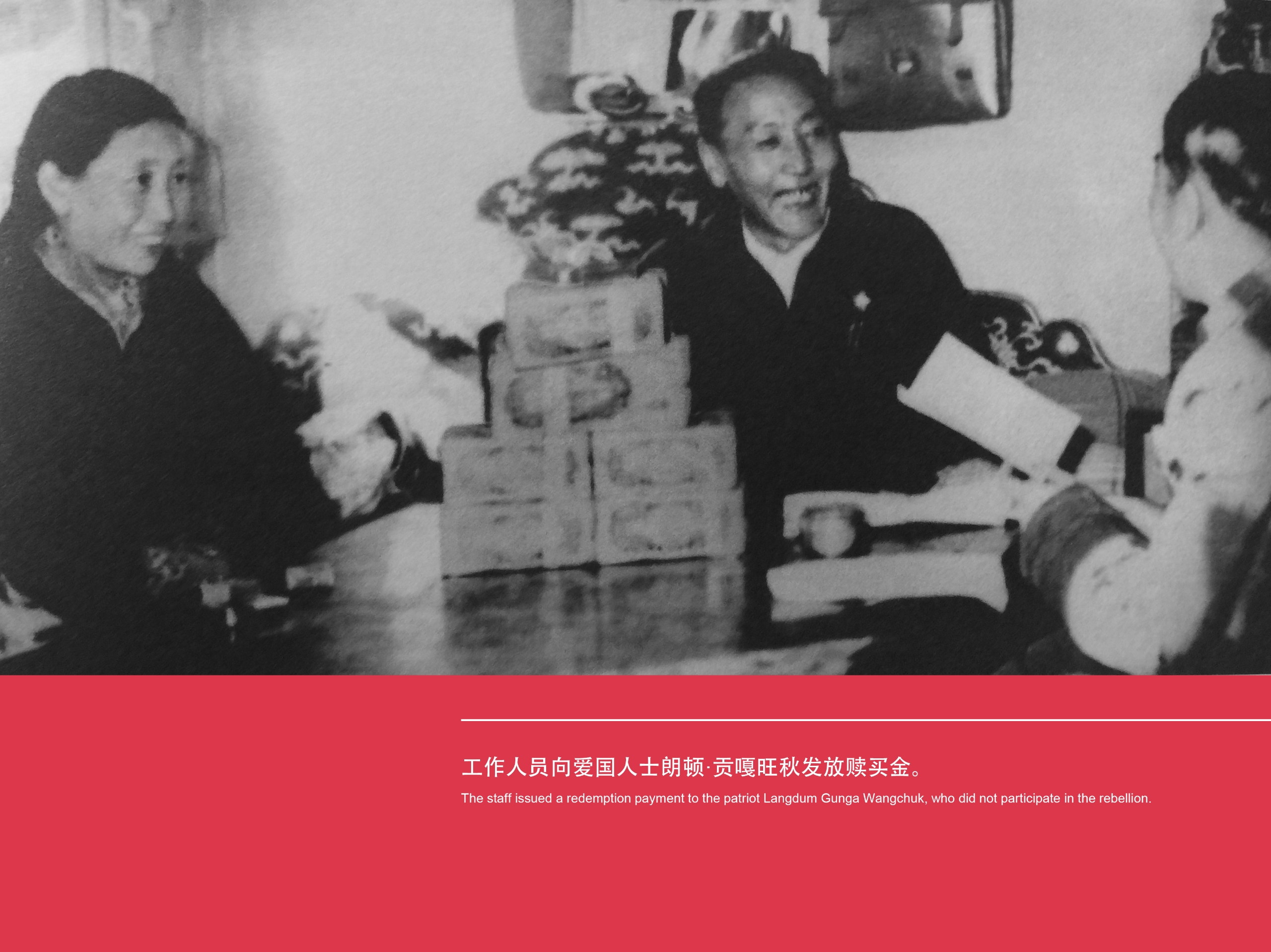
The staff issued a redemption payment to the patriot Langdum Gunga Wangchuk, who did not participate in the rebellion.

The liberated serfs were celebrating the Ongkor Festival (Field Crop Harvest Festival) in Taji Manor, Dartse County, Lhasa.
2020 Copyright by Museum of Tibetan Culture, China Tibetology Research Center All Rights Reserved.
Unless otherwise indicated, all of the content featured or displayed on the Site, including, but not limited to, text, pictures, videos and the 360° panoramic videos, is owned by Museum of Tibetan Culture.


Log InPlease log in and comment later